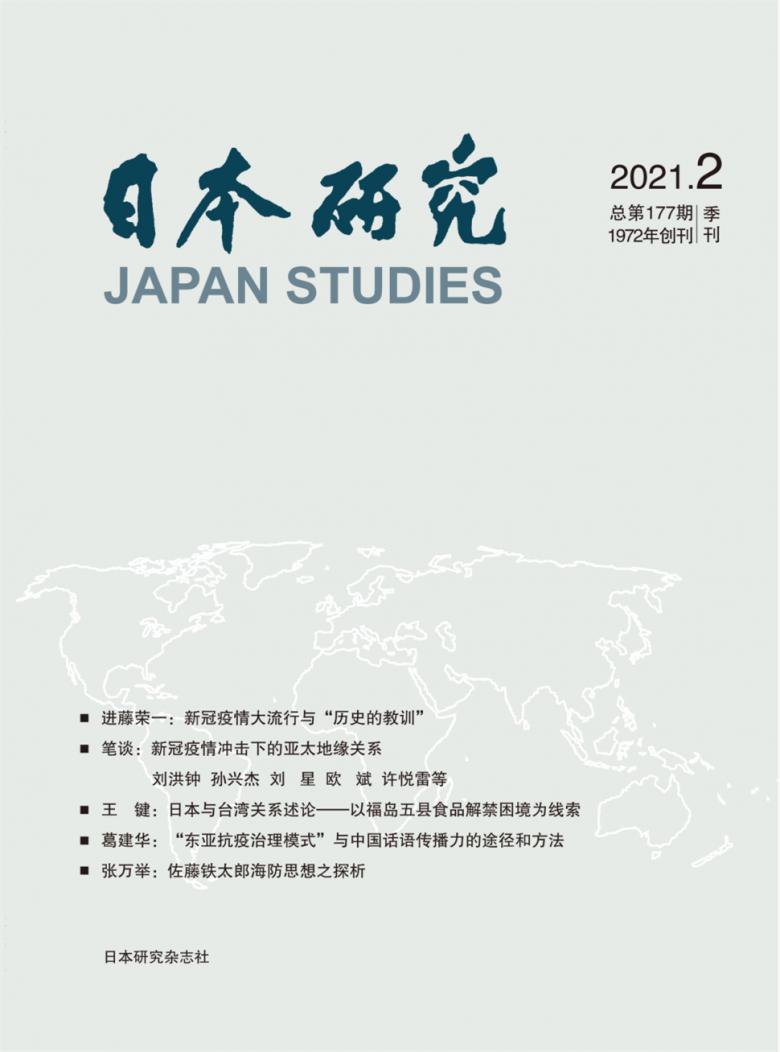關于無痛技術聯合心理疏導在門診輸液兒童中的應用
楊桂英
【摘要】目的:探討無痛技術聯合心理疏導對門診輸液兒童的護理效果。方法:將門診輸液136例兒童患者隨機分為觀察組和對照組各68例,對照組給予常規護理,觀察組在常規護理基礎上實施無痛技術聯合心理疏導;觀察兩組患兒在輸液過程中的行為表現和靜脈穿刺的成功率。結果 觀察組患兒恐懼心理減輕,抗拒心理降低,配合治療的主動性和靜脈穿刺的成功率明顯高于對照組(P<0.01)。結論 無痛技術聯合心理疏導能緩解輸液兒童的恐懼心理。 【關鍵詞】靜脈輸液;兒童;無痛技術;心理疏導 【Abstract】 Objective To evaluate the nursing effects of painless technique combined psychological counseling in children undergoing infusion in outpatient department. Methods One hundred and thirty-six children undergoing infusion in outpatient department were randomly pided into two groups: the control group( 68 patients), and the observation group( 68 patients), the control group received routine nursing; the observation group received painless technique combined with psychological counseling on the basis of the control group. The behavior in the transfusion process and the success rate of vein puncture in two group were observed. Results Compared with the control group , in the observation group , the improvement in psychological fear and psychological resistance were better with improvement of the initiative of infusion (P<0.001), and the success rate of vein puncture was significantly higher(P<0.01).Conclusion The painless technology combined with psychological counseling can ease children’s psychological fears. 【Key words 】Intravenous infusion; children; painless technology; psychological counseling
在臨床護理工作中,靜脈輸液已經成為治療疾病、補充體能最主要的方法之一。但在兒童患者靜脈輸液過程中,由于患兒的不配合,造成穿刺成功率低,這不僅給患兒帶來痛苦,而且使患兒家屬對護理人員產生不信任感,從而導致護患矛盾。我院2011-01開始,對門診輸液兒童患者進行無痛技術聯合心理疏導,取得滿意效果,現報道如下。 1資料和方法 1.1一般資料抽取2011-01~03在門診輸液患兒136例,將136例患者隨機分為觀察組和對照組。觀察組68例:其中男36例,女32例;年齡2-10歲;平均年齡(7.6±4.2);上肢靜脈輸液39例,下肢靜脈輸液18例,頭皮靜脈輸液11例。對照組68例:其中男35例,女33例;年齡2-9歲,平均年齡(7.5±3.8);上肢靜脈輸液39例,下肢靜脈輸液19例,頭皮靜脈輸液10例。兩組患兒年齡、性別、靜脈條件方面比較差異無統計學意義,具有可比性。 1.2方法對照組按輸液操作規程進行操作,觀察組按輸液操作規程操作的基礎上,實施無痛技術聯合心理疏導。具體措施:根據無痛據無痛靜脈穿刺原理[1],穿刺前用蘸2%利多卡因的小棉簽涂抹穿刺部位1min局部麻醉,然后按輸液操作規程進行操作,操作時動作輕柔,親切稱呼患兒的名字,輕輕地撫摸患兒的頭部,跟患兒講些小孩感興趣的話題,以表示關愛和分散患兒注意力等心理安慰方法進行無痛靜脈穿刺。兩組患兒均由小兒靜脈穿刺技術熟練、善于溝通的主管護師完成操作。 1.3 評價方法 根據患兒在進行靜脈穿刺時的心理反應和行為動態進行評定,分為四種狀態。①配合:患兒神態輕松自然,主動配合輸液,護士操作順利。②較配合:患兒有哭鬧現象,對輸液被動配合,但穿刺時不敢亂動。③不配合:患兒大聲哭鬧,穿刺時躁動不安,護士不能獨自操作,需要兩名護士配合才能勉強完成操作。④極不配合:患兒肢體行為激烈,用力抗拒,需要強制約束才能進行穿刺。上述行為表現中,配合與較配合統計為配合,不配合與極不配合統計為不配合。 1.4統計學方法 計數資料兩組比較采用x2檢驗,p<0.05為差異有統計學意義。 2結果 2.1兩組患兒靜脈穿刺時的配合程度比較 干預后觀察組患兒配合程度明顯高于對照組(P<0.001),見表1。





